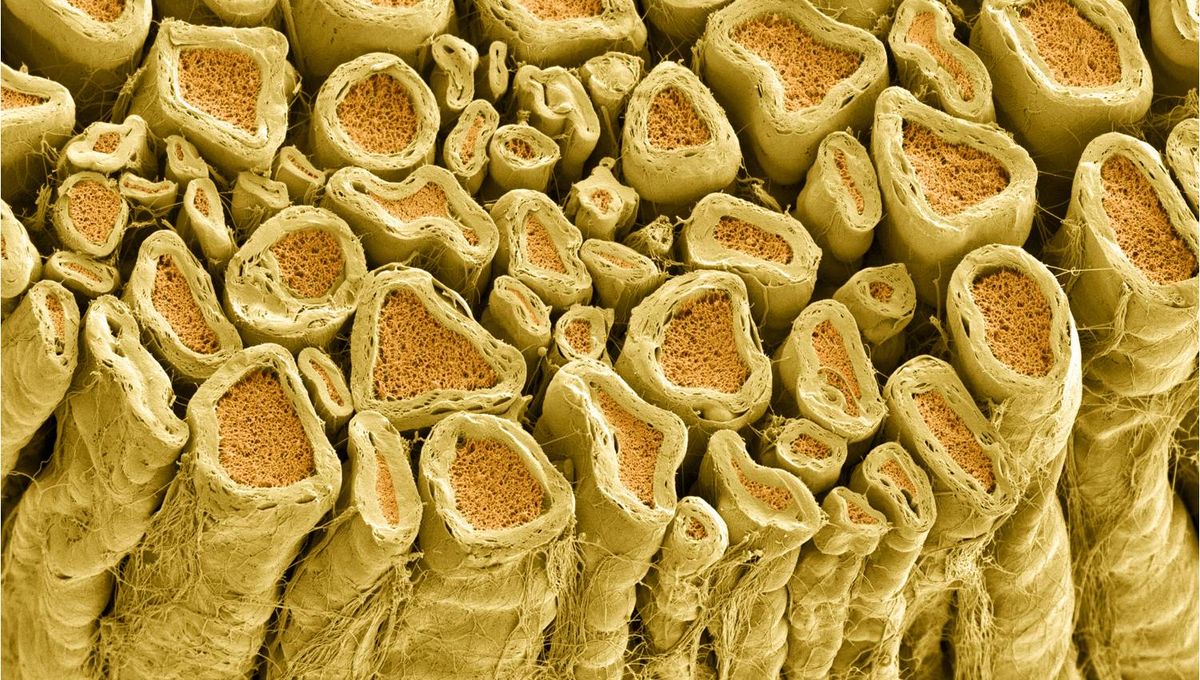Imagine the axons of neurons as electrical wires, and the myelin sheath as their protective plastic coating. In the brain, this sheathed nerve fibers make up the majority of the white matter, but myelin also coats axons throughout the body.
The myelin sheath serves several important functions. It protects the axon, ensures fast transmission of electrical impulses, and maintains the strength of these impulses over long distances.
Demyelinating diseases, such as multiple sclerosis, are associated with damage to the myelin sheath. Brain injuries can also cause myelin damage. Discovering a way to help the sheath repair itself could revolutionize the treatment of these conditions.
In the brain, oligodendrocytes are specialized cells that produce myelin. Scientists have previously observed that a protein called Daam2 can inhibit myelin repair, but the exact mechanism was unknown.
Dr. Hyun Kyoung Lee and her team at Baylor College of Medicine and Texas Children’s Hospital conducted studies in mice and found that phosphorylation of Daam2 by the kinase CK2α impacts different stages of oligodendrocyte development. It accelerates the conversion of precursor cells to glial cells in early stages but slows down their maturation and myelin production in later stages.
The team also discovered that CK2α-mediated Daam2 phosphorylation has a protective role in a mouse model of brain injury and can restore myelin in adult animals with brain white matter injuries.
These findings are groundbreaking, as they shed light on the potential for restoring lost myelin, a goal that has long eluded researchers. This could lead to much-needed treatments for the millions of people affected by demyelinating diseases.
Dr. Lee concludes, “This study opens exciting therapeutic avenues for repairing and restoring myelin, which has the potential to alleviate and treat several currently untreatable neurological diseases.”
The study is published in the Proceedings of the National Academy of Sciences.








